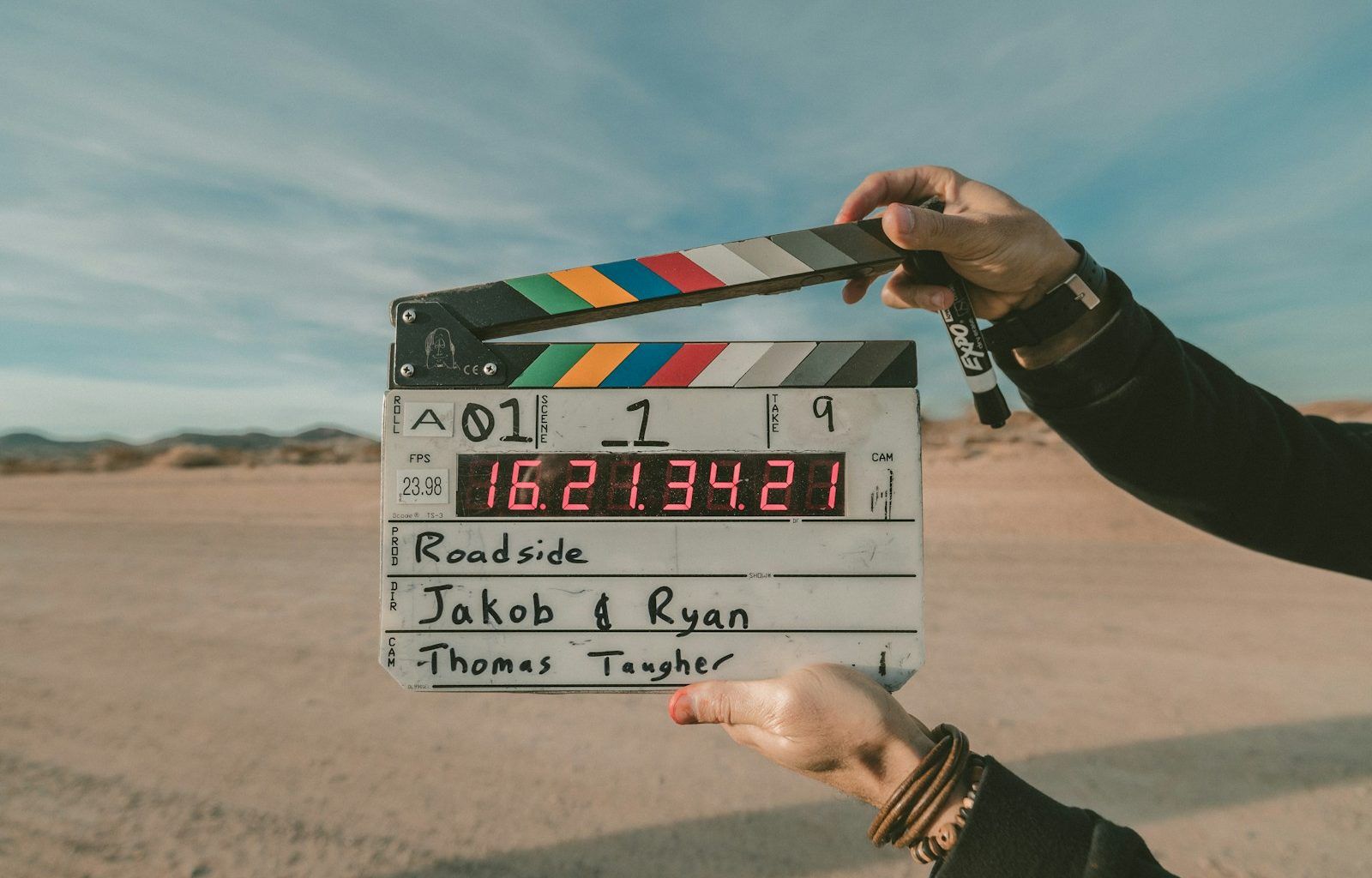When it comes to creating impactful videos, there’s one element that can elevate your work to a whole new level—music. Music for videographers isn’t just a background filler; it’s a tool that sets the tone, stirs emotions, and helps tell a story. Whether you’re working on a wedding video, a corporate film, or a cinematic masterpiece, the right music is essential.
Why Music Matters in Videography
Let’s start with the basics. Imagine watching a suspenseful thriller without the eerie music that builds tension or a romantic scene without the sweet melody that warms your heart. It would feel incomplete, wouldn’t it? That’s how important music is in videography. It creates mood, enhances storytelling, and guides the viewer’s emotions.
As a videographer, your goal is to connect with your audience. Music is a shortcut to their hearts. A carefully chosen track can make your visuals unforgettable. It helps create an emotional bond that words or visuals alone might not achieve.
Choosing the Right Music for Your Videos
Selecting music for your video isn’t as simple as picking your favorite song. It requires thought and intention. Here are some tips to guide you:
- Understand Your Audience: Who will watch your video? If it’s a corporate audience, you’ll need something professional and polished. For a wedding video, romantic and sentimental tracks work best.
- Match the Mood: Every video has a tone—happy, dramatic, inspiring, or melancholic. Choose music that complements this tone.
- Consider the Story: Your video is telling a story. Music should help propel that narrative forward, not distract from it.
- License Your Music: Always ensure you have the proper rights to use a track. Royalty-free music platforms can be a great resource.
Where to Find Music for Videographers
Finding the perfect track might seem daunting, but plenty of resources can make it easier. Here are some popular platforms:
- Artlist: Known for its high-quality tracks and simple licensing.
- Epidemic Sound: Offers a vast library with music for every mood.
- PremiumBeat: A reliable choice for professionals.
- YouTube Audio Library: Free options for those on a budget.
These platforms cater to videographers, providing tracks that align with various genres and themes.
The Emotional Impact of Music in Videos
Have you ever felt goosebumps while watching a movie trailer? That’s the power of music. It taps into our emotions on a deep level. For videographers, this is an incredible opportunity. The right track can make your audience feel joy, sadness, excitement, or nostalgia.
Let’s say you’re creating a travel video. Uplifting and adventurous music will inspire viewers to explore. On the other hand, a slow, piano-driven track might work better for a heartfelt documentary.
Common Mistakes to Avoid
Even though music is a powerful tool, it’s easy to get it wrong. Here are some pitfalls to steer clear of:
- Overpowering the Visuals: Music should enhance your video, not overshadow it. Keep the volume balanced.
- Choosing Inappropriate Tracks: A heavy metal track for a baby shower video? Probably not the best fit.
- Ignoring Copyrights: Using unlicensed music can lead to legal troubles.
Tips for Seamless Integration
To make music work perfectly in your video, you’ll need to integrate it thoughtfully. Transitioning between tracks or syncing beats with scene changes can elevate your video. Tools like Adobe Premiere Pro or Final Cut Pro make this process simpler, so don’t hesitate to explore them.
Exploring Genres for Different Projects
Different types of videos call for different styles of music. Let’s look at some examples:
- Wedding Videos: Soft, romantic, and emotional tracks.
- Corporate Films: Motivational and professional instrumentals.
- Travel Videos: Uplifting and dynamic music with a sense of adventure.
- Short Films: Tracks that align with the story’s theme, whether dramatic, mysterious, or lighthearted.
Experimenting with Sound Design
Music isn’t the only audio element in videography. Sound effects and ambient noise also play a significant role. Combining these with music can create a richer audio experience. For example, the sound of waves crashing can complement a serene beach scene, while footsteps on a forest trail can add depth to a hiking video.
Staying Updated with Trends
Music trends evolve, and staying updated can help your videos feel fresh and modern. For instance, lo-fi beats are currently popular for vlogs, while cinematic orchestral tracks are trending for inspirational videos. Keep an ear out for what’s new, but always prioritize what fits your project best.
How to Improve Your Music Selection Skills
Improving your ability to select the perfect track comes with practice and a bit of exploration. Listen to different genres, pay attention to how professionals use music, and keep experimenting. Over time, you’ll develop a knack for knowing what works.
The Future of Music for Videographers
As technology advances, new possibilities for music in videography are emerging. AI-generated music, for example, allows videographers to create custom tracks tailored to their projects. This can open doors to endless creativity.
Final Thoughts
Music for videographers is more than just an add-on. It’s a critical element that can make or break your project. By understanding your audience, choosing tracks thoughtfully, and integrating them seamlessly, you can create videos that resonate deeply with viewers.
Take your time when selecting music. Listen carefully, experiment with different options, and trust your instincts. With practice, you’ll master the art of pairing music with visuals, making your videos stand out in a crowded field.
For further reading, explore these related articles:
- Exploring Under the Sun Lyrics – A Journey Through Words and Feelings
- Everything You Need to Know About AP Dhillon’s New Album
For additional resources on music marketing and distribution, visit DMT Records Pvt. Ltd..






